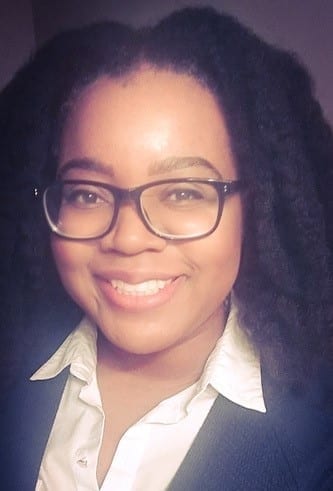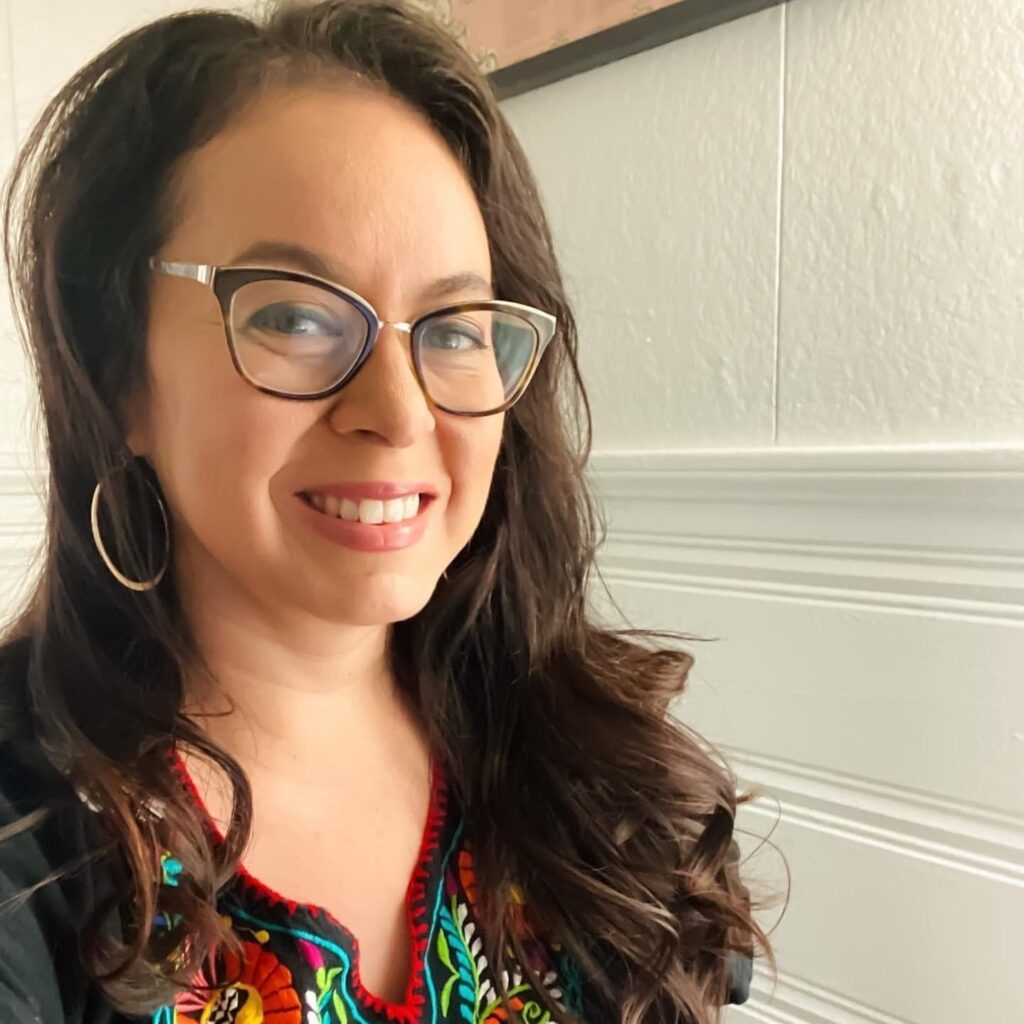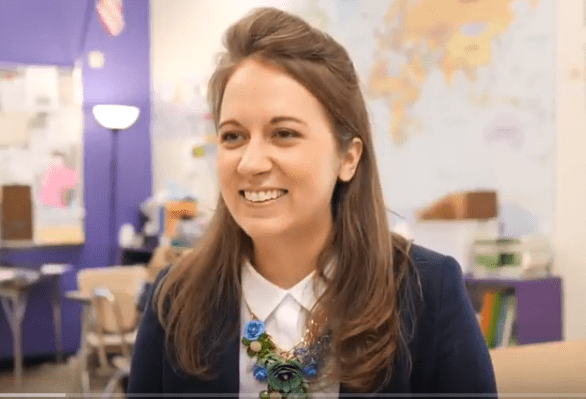Sarah Giddings is a National Board Certified teacher in social studies and history with the Washtenaw Educational Options Consortium in Ypsilanti, Michigan, an alternative school serving at-risk youth countywide. She is also an adviser; multi-subject instructor in “Big History,” social studies, and English language arts; and a curriculum coordinator. Sarah serves as a National Hope Street Group fellow, a teacher champion with the Collaborative for Student Success, a teacher-powered ambassador with the Center for Teaching Quality, and a post-residential America Achieves MI fellow. She has been teaching for 11 years.
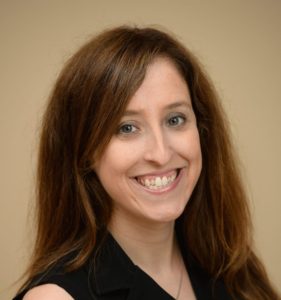
At my school, I have been able to create — along with an amazing team of educators — an environment where teachers and students have the power, risk-taking ability, and encouragement we need to be successful. We do this through a hybrid system that includes both standards- and project-based programming and both online and face-to-face programming in order to serve the unique needs of our student population, which comes from all the public high schools in our county. To address our students’ intense needs, we use intentional strategies rooted in improving social-emotional learning to provide a better foundation for student success. We use trust, relationships, and character-building to provide stability and support for these students who have suffered trauma and often turn to crime to cope or survive.
I could have chosen to teach in a school with well-established affluence, but instead, I helped to build a school program that I am proud students in my county have the option to participate in. I have always had the mindset that if you are not a part of the solution, you are part of the problem. My students deserve quality educators who have the support and flexibility to build strong relationships and are not enticed to leave. Although my student population may seem difficult, none of the academic staff in my program have left in the six years I have taught here. This type of stability is not the norm in most alternative at-risk school environments. We stick together, because our structures allow us to build relationships with our students and with each other. We are filling an important need in our county; and we are doing it as a public school, cooperatively, and with teacher-powered leadership at its core.
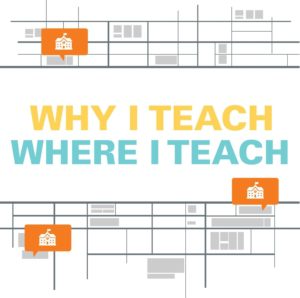 This post is a part of an ongoing series, called “Why I Teach Where I Teach,” which asks educators in high-need schools to share what has attracted (and kept) them in the challenging environments they’re in. They share important stories and experiences that should remind us all of the power of strong school leadership, a network of supportive colleagues, and the genuine opportunity to have a say in schoolwide decisions. Listen up! They’re teaching us.
This post is a part of an ongoing series, called “Why I Teach Where I Teach,” which asks educators in high-need schools to share what has attracted (and kept) them in the challenging environments they’re in. They share important stories and experiences that should remind us all of the power of strong school leadership, a network of supportive colleagues, and the genuine opportunity to have a say in schoolwide decisions. Listen up! They’re teaching us.






 This post is a part of an ongoing series, called “
This post is a part of an ongoing series, called “